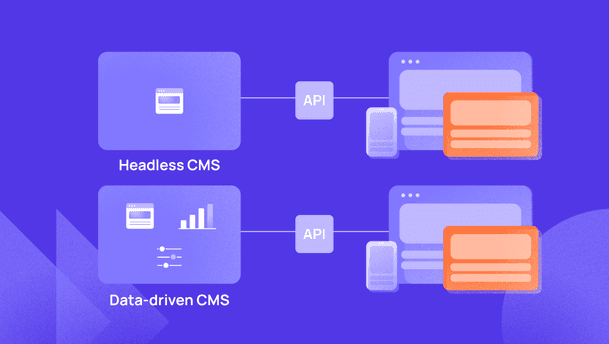Headless CMS
Exploring HubSpot CMS Hub vs. Headless CMS: features, benefits, and key considerations
Read time: 4 min

Businesses today have a plethora of options for building and managing their digital platforms. Recently, HubSpot entered the arena with its CMS Hub, expanding the choices available. But how does the HubSpot CMS Hub compare to a headless CMS? Understanding the benefits of HubSpot CMS, and the pros and cons of headless CMS can help you make an informed decision tailored to your needs.



